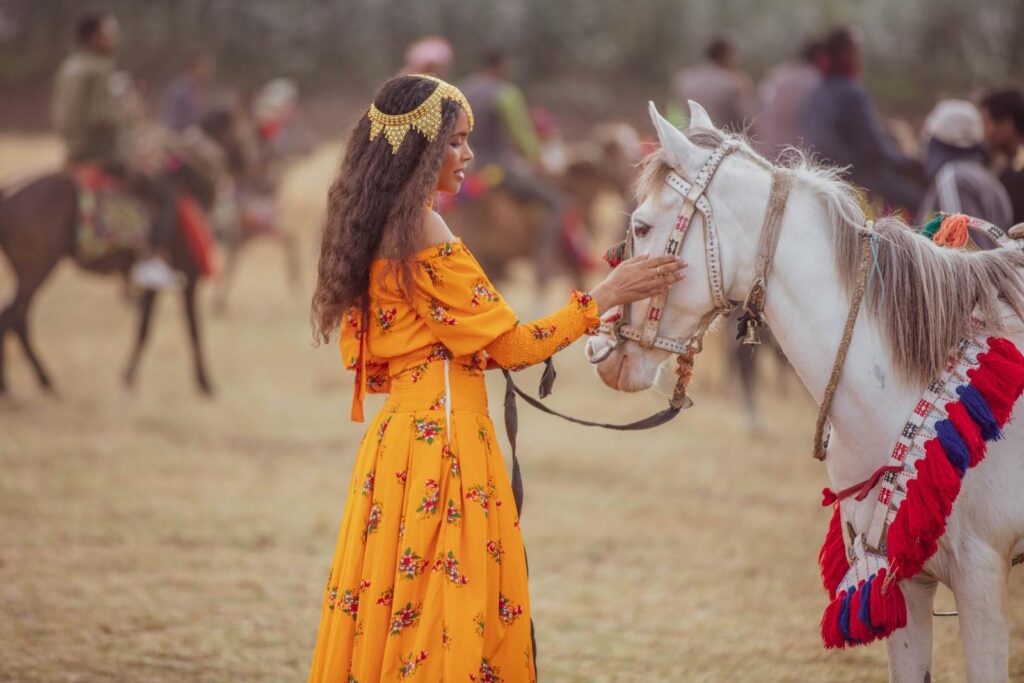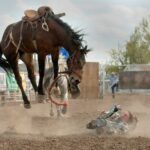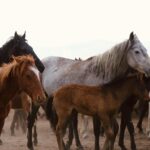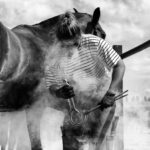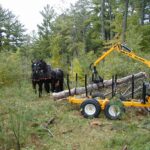Throughout human history, horses have galloped alongside civilization, shaping societies, economies, and cultural identities across every continent. From the windswept steppes of Mongolia to the rolling highlands of Scotland, distinctive horse breeds have emerged that reflect the unique environments, needs, and values of the people who developed them. These magnificent animals have served as warriors, workers, symbols of status, spiritual beings, and beloved companions. This exploration of horse breeds worldwide reveals not just the remarkable diversity of equine genetics, but also the profound cultural significance these animals hold in the human story.
The Ancient Bond: Horses and Human Civilization

The domestication of horses, believed to have occurred around 4000-3000 BCE in the Eurasian steppes, represents one of the most transformative partnerships in human history. Before mechanical transportation, horses extended human mobility, revolutionizing warfare, trade, agriculture, and communication across vast distances. Different cultures selectively bred horses that excelled in specific environments and purposes, creating distinct breeds that embodied cultural values and practical needs. These specialized breeding practices reflect deep understanding of genetics long before modern science, with generations of breeders selecting for traits like endurance in desert regions, strength for agricultural work, or speed for military purposes. The resulting breeds serve as living artifacts of cultural history, carrying in their DNA and physical characteristics the story of human adaptation and ingenuity across millennia.
The Arabian: Desert Royalty and Cultural Icon

No breed better exemplifies the intersection of horse and cultural identity than the Arabian, whose development by Bedouin tribes dates back at least 4,500 years. These horses became essential companions in the harsh desert environment, where their remarkable endurance, intelligence, and loyalty could mean the difference between life and death for their nomadic keepers. The Arabian’s distinctive dished face, high tail carriage, and compact body represent centuries of careful breeding for beauty alongside functionality. In Bedouin culture, these horses were so precious they often lived in family tents, sharing the limited water and food resources, and were celebrated in poetry, song, and oral tradition as symbols of nobility and freedom. The cultural significance of Arabians extends beyond utility, as they were considered a gift from Allah and treated with corresponding reverence, with detailed genealogies maintained through strict oral tradition long before written records.
Mongolian Horses: The Foundation of Nomadic Life
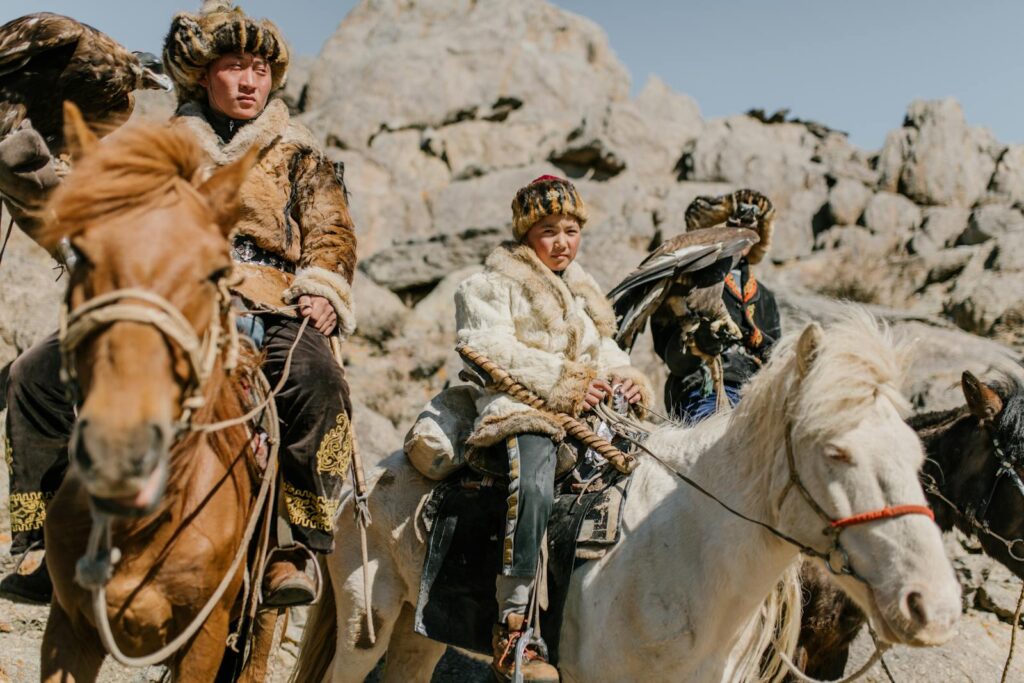
The small but mighty Mongolian horse remains central to one of the world’s last true nomadic cultures, essentially unchanged for thousands of years. These hardy creatures survive extreme temperature ranges from -40°F to 86°F without shelter, foraging through snow to find grass in winter, embodying the resilience valued in Mongolian culture. Traditional Mongolian life revolves around these horses, with children learning to ride as young as three years old, and families measuring wealth by the size of their herds rather than monetary value. The historic significance of these horses extends to their role in creating the largest contiguous land empire in history under Genghis Khan, whose mounted warriors could travel up to 100 miles per day, giving them unprecedented military advantage. Modern Mongolia continues to honor this equine heritage through events like the Naadam festival, featuring long-distance horse races with child jockeys, celebrating the enduring partnership that defines their cultural identity.
Spanish Horses: Legacy of Conquest and Artistry
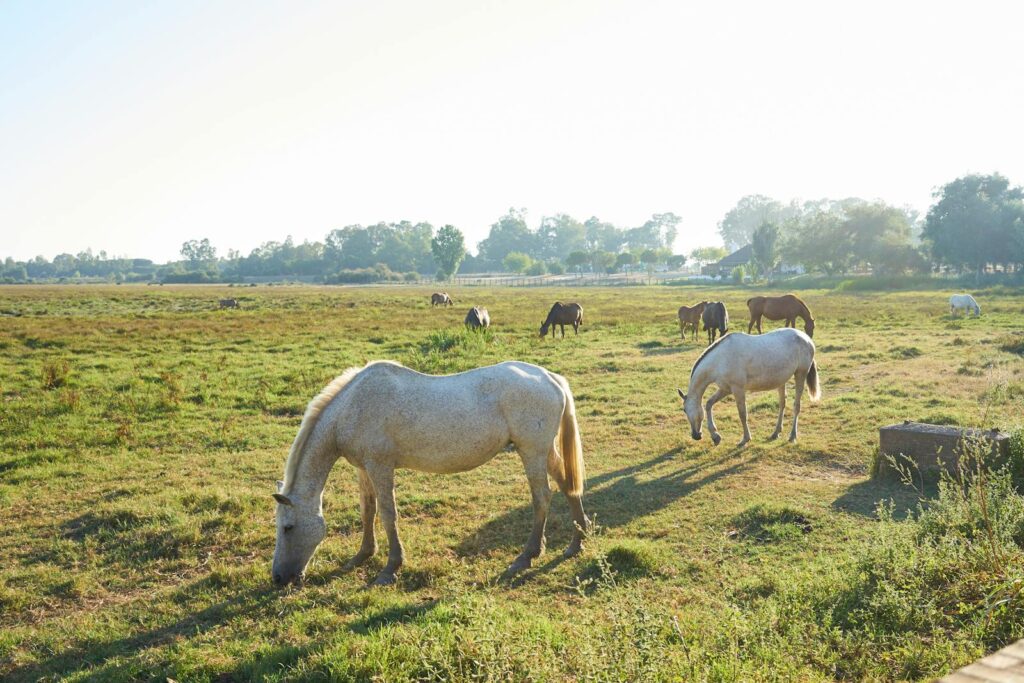
Spain’s equestrian tradition produced several influential breeds, most notably the Andalusian (Pure Spanish Horse) and later the Lusitano, whose graceful movement and noble bearing reflect centuries of breeding for both warfare and high-level dressage. These horses became symbols of Spanish aristocracy and cultural refinement, featured prominently in royal portraiture and formal equestrian arts that developed into modern dressage. When Spanish conquistadors arrived in the Americas, they brought these horses, forever changing indigenous cultures and inadvertently creating new breeds when some escaped to form feral herds that would later be domesticated by Native American tribes. The Spanish horses’ impact extends to modern horsemanship, as their classical training methods documented in texts like the 1733 “School of Horsemanship” by François Robichon de la Guérinière continue to influence contemporary riding principles. The spectacular movements of these horses, particularly the “airs above ground” defensive maneuvers, are preserved today in performances at institutions like the Spanish Riding School in Vienna, representing living cultural heritage.
The Thoroughbred: British Sport and Colonial Influence
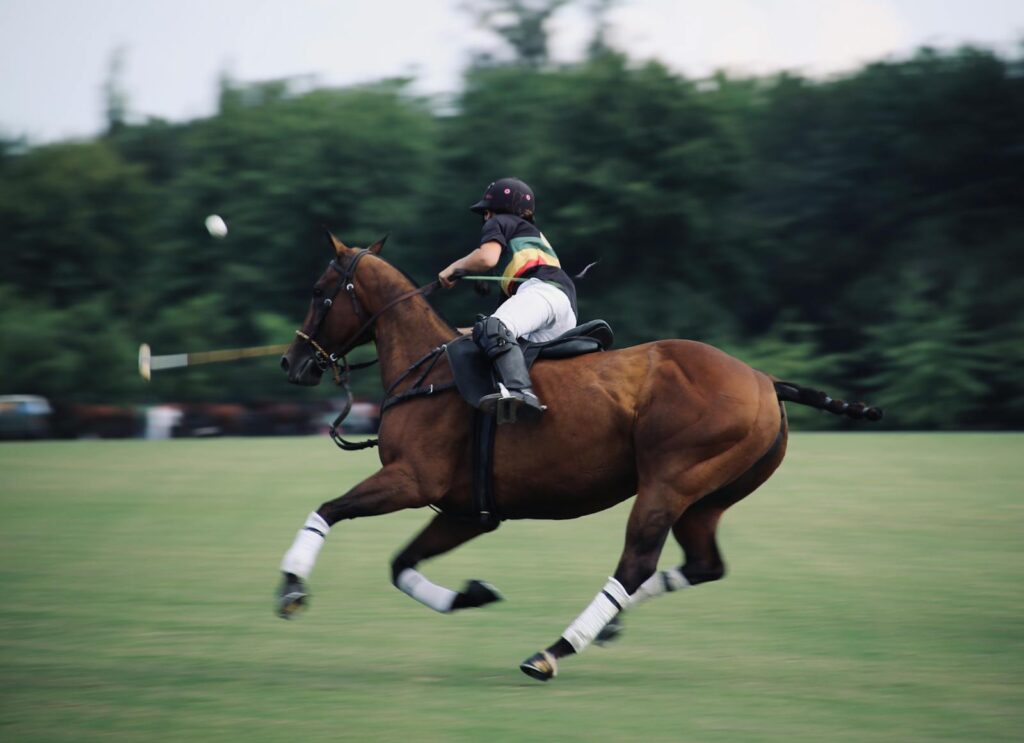
The development of the Thoroughbred breed in 17th and 18th century England reflects British cultural values of competition, aristocratic privilege, and imperial power during a period of expanding global influence. Created by crossing native British mares with imported Arabian, Barb, and Turkoman stallions, these horses were bred specifically for flat-course racing, with meticulous bloodline records maintained in the General Stud Book established in 1791. The Thoroughbred racing industry became intertwined with British class structure, simultaneously providing entertainment for commoners while remaining an “sport of kings” where wealthy owners displayed their status through equine champions. As the British Empire expanded, Thoroughbred racing was established across colonial territories, from India to Australia to North America, spreading this cultural practice worldwide while also influencing local breeding programs with Thoroughbred bloodlines. Today, events like the Kentucky Derby, Melbourne Cup, and Royal Ascot represent not just sporting competitions but cultural institutions that preserve traditions of dress, behavior, and social interaction centered around these horses.
Native American Horse Culture: Transformation of Plains Tribes
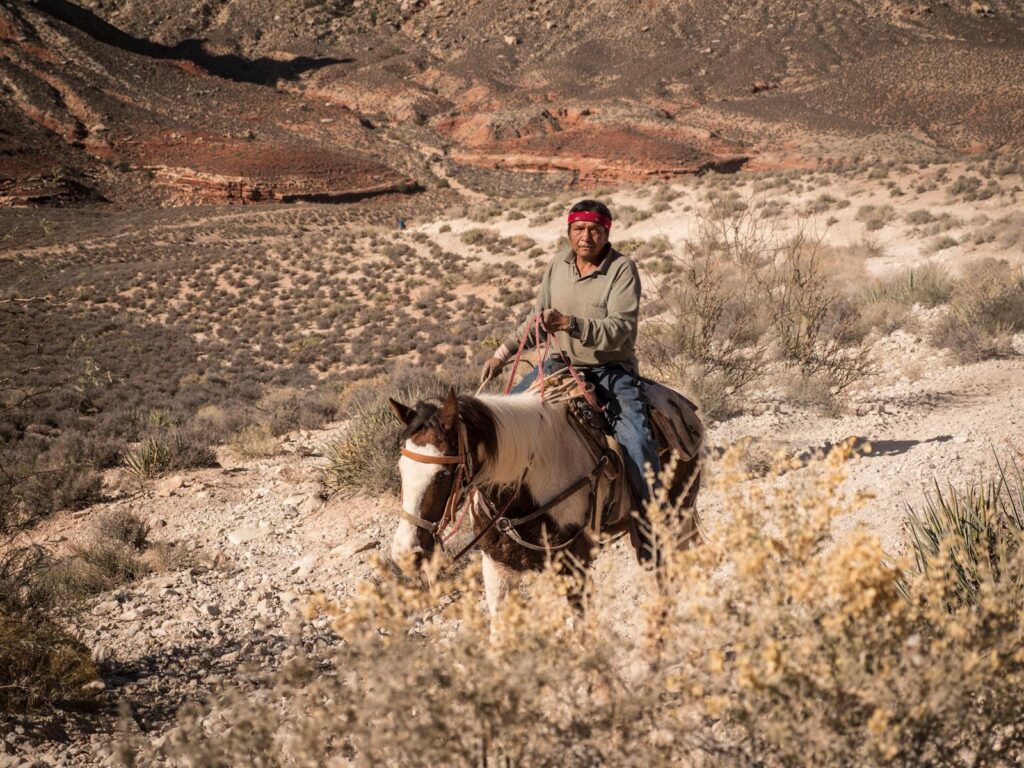
The reintroduction of horses to North America by European colonizers fundamentally transformed Native American cultures, particularly among Plains tribes who developed one of history’s most sophisticated equestrian traditions in remarkably short time. Tribes like the Comanche, Crow, and Lakota became master horsemen within generations, developing specialized breeding practices that created horses adapted to their hunting and warfare needs. The integration of horses enabled unprecedented mobility for following buffalo herds, revolutionizing hunting techniques and allowing for larger population groups and expanded territories that reshaped tribal power dynamics and cultural identities. Native horse culture produced unique tack designs and riding techniques, including the distinctive bareback riding style with knee control that allowed warriors to shoot arrows from beneath their horses’ necks at full gallop. Today, tribes like the Nez Perce are working to preserve and restore traditional horse cultures through selective breeding programs for the Appaloosa horse, maintaining this living connection to their cultural heritage despite historical attempts to sever this relationship during forced assimilation periods.
Draft Horses: Agricultural Partners Across Europe
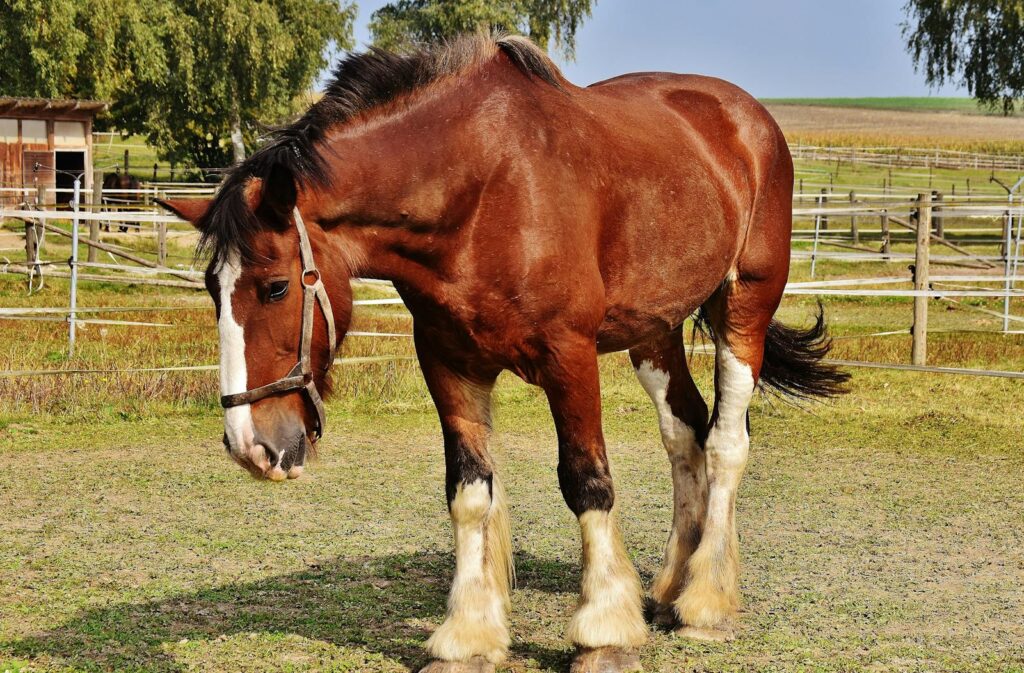
The massive draft breeds of Europe—including the Belgian, Percheron, Shire, and Clydesdale—stand as monuments to centuries of agricultural partnership, with each breed reflecting local farming needs and cultural aesthetics. These gentle giants, weighing up to 2,000 pounds, were developed through careful selection for immense strength, calm temperaments, and willingness to work in the particular agricultural conditions of their regions. In many European farming communities, these horses became symbols of prosperity and pride, often elaborately decorated for festivals and parades with braided manes, polished brass harnesses, and sometimes feathered legs accentuated with ribbons. The cultural significance of draft horses extended beyond practical use, as they often featured in folklore, regional identity, and community bonding through competitive pulling events that continue today as cultural heritage celebrations. Despite mechanization making them largely obsolete for farming, these breeds have been preserved by dedicated breeders who recognize their cultural importance, with some finding new purpose in sustainable logging operations, therapy programs, and urban tourism.
Japanese Horse Traditions: Sacred Connections

Japan’s indigenous horse breeds, including the small but sturdy Hokkaido, Kiso, and Misaki, reflect the island nation’s isolated development and unique cultural relationship with horses as spiritual beings. Throughout Japanese history, horses were considered divine messengers between humans and gods, with white horses particularly revered as sacred animals worthy of special care and ceremonial roles. The deep spiritual significance is evidenced in Shinto shrines like the famous Kanda Shrine, where horse statues (ema) serve as vessels for prayers, and at temple festivals where elaborately costumed horses participate in rituals dating back centuries. Japan’s samurai culture developed specialized equestrian martial arts (bajutsu) alongside distinct breeding practices for battle horses that needed to maneuver quickly while carrying armored warriors in mountainous terrain. Today, preservation efforts focus on the critically endangered native Japanese breeds, with cultural organizations and government programs working to maintain these living connections to Japan’s distinctive equestrian heritage and spiritual traditions.
Irish Horses: National Identity and Economic Resource
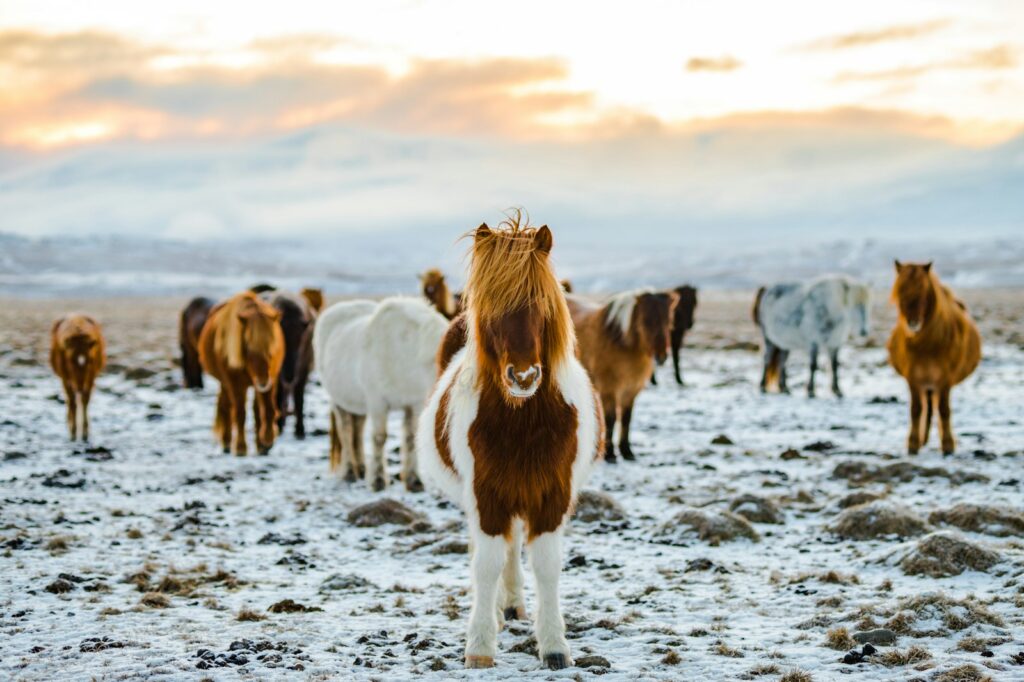
Ireland’s reputation as “the land of the horse” reflects the central role these animals have played in shaping national identity and providing economic opportunity on the emerald isle for centuries. The Connemara pony, Ireland’s only native breed, demonstrates adaptation to the harsh western coastal environment where it developed, with sure-footedness, intelligence, and remarkable jumping ability that made it invaluable to small-holding farmers in rocky terrain. Beyond the native Connemara, Ireland developed an international reputation for producing exceptional sport horses, particularly for jumping and eventing, creating a significant export industry that continues to contribute substantially to the rural economy. The cultural significance of horses extends throughout Irish society, from the traditional Traveller communities who maintained specialized breeding knowledge to the racing industry that crosses all social classes with its national festivals like the Dublin Horse Show. Irish literature, music, and art frequently feature horses as symbols of freedom and national character, with equestrian themes appearing in works from ancient Celtic myths to modern literature like Seamus Heaney’s poetry.
Argentinian Criollo: Guardian of Gaucho Traditions

The Criollo horse of Argentina embodies the spirit of the South American pampas and the gaucho culture that developed around cattle ranching in these vast grasslands. Descended from horses brought by Spanish conquistadors, the Criollo evolved through natural selection and isolation into an exceptionally hardy breed capable of traveling long distances with minimal food and water across varied terrain. The legendary endurance of these horses was demonstrated in 1925 when two Criollos completed a 13,350-mile journey from Buenos Aires to New York City over three years, cementing their reputation for remarkable stamina. For the gaucho—Argentina’s iconic cowboys—the relationship with their horses transcended utility, becoming a cornerstone of cultural identity expressed through specialized tack, riding techniques, and horse-based competitions that continue in rural festivals today. This equestrian heritage remains central to Argentine national identity, with the gaucho and his Criollo celebrated in literature, music, and national celebrations as symbols of independence, self-reliance, and connection to the land.
Australian Stock Horses: Outback Adaptability

The Australian Stock Horse represents the practical needs and cultural values of a nation built on pastoral industries in challenging environments. Developed from colonial thoroughbred and draft horse crosses, later influenced by American Quarter Horse bloodlines, these horses were selectively bred by stockmen for intelligence, agility, and toughness needed to work cattle across vast distances in extreme heat. The breed played a crucial role in Australia’s economic development, with the wool and cattle industries depending entirely on mounted workers before motorized transportation became viable in remote areas. The cultural significance of these horses extends beyond practical utility, featuring prominently in Australian folklore, poetry, and national identity, particularly through the romanticized “Man from Snowy River” narrative that celebrates the special bond between Australian riders and their mounts. Today, the breed’s versatility is showcased in uniquely Australian equestrian sports like campdrafting (cutting individual cattle from a herd) and challenge events that simulate the everyday work of station horses, preserving traditional skills while adapting them into modern competitive formats.
Modern Conservation: Preserving Cultural Heritage

As industrialization and mechanization have reduced the practical necessity for working horses worldwide, conservation efforts have emerged that recognize these breeds as living repositories of cultural heritage deserving protection. Rare breed conservation programs like the Livestock Conservancy in the United States and the Rare Breeds Survival Trust in the United Kingdom work to maintain genetic diversity in historic horse breeds through strategic breeding programs and public education about their cultural significance. Indigenous communities across multiple continents are reclaiming their equestrian traditions through programs like the Lakota Horse Sanctuary, which connects youth with traditional horse practices, or the Kazakh eagle hunter communities preserving their distinctive riding culture. International organizations like UNESCO have begun recognizing equestrian traditions as Intangible Cultural Heritage, including French horse training methods and Portuguese bullfighting on horseback, acknowledging that preserving breeds means also preserving the human knowledge, skills, and practices that developed alongside them. These conservation efforts represent not just genetic preservation but cultural continuity, maintaining living connections to historical practices that defined human-horse relationships for thousands of years.
Equestrian Tourism: Cultural Exchange Through Horses

In the modern era, horse breeds and equestrian traditions have found new purpose through cultural tourism that allows travelers to experience different cultures through their equine heritage. Destinations like Mongolia offer immersive experiences with nomadic horse culture, where visitors can stay with herding families, participate in traditional riding techniques, and witness festivals that showcase centuries-old horsemanship skills. European countries with strong equestrian traditions, such as Spain, Austria, and France, highlight their historic breeds through performances at classical riding schools where centuries-old training methods are preserved as cultural treasures. For host communities, equestrian tourism often provides sustainable economic opportunities that incentivize the maintenance of traditional breeds and practices that might otherwise be abandoned in the face of modernization. This form of cultural exchange creates mutual appreciation, as visitors gain deeper understanding of different worldviews through the lens of horse-human relationships, while host communities find renewed pride in equestrian traditions that gain international recognition and support. By transforming horses from working animals to cultural ambassadors, these programs ensure the continued relevance of historic breeds in contemporary society.
Conclusion

The diverse horse breeds developed across human civilization represent far more than biological adaptations or working animals—they embody the values, environmental challenges, aesthetic preferences, and spiritual beliefs of the cultures that created them. From the Arabian desert to the Mongolian steppe, from Spanish royal courts to Native American plains, these horses have been willing partners in humanity’s journey, shaping and being shaped by the people who depended on them. As modern society moves further from practical reliance on equine power, preserving these breeds and their associated cultural practices becomes increasingly important as a connection to our shared heritage. In the distinctive features of each breed—be it the Arabian’s dished face, the Mongolian’s hardy constitution, or the Shire’s massive feathered legs—we can read the story of human adaptation, creativity, and enduring partnership with these remarkable animals who have carried us through history.

